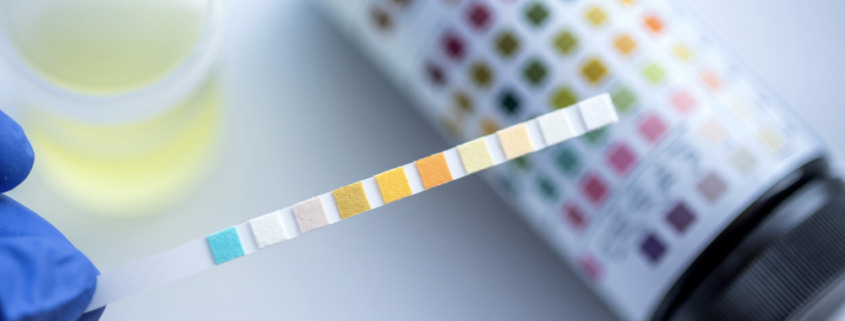Understanding the 24 Hour Urinalysis
Understanding the 24 Hour Urinalysis is key to balancing the body and reducing stress from tissues and organs. The key insight is determining optimal digestion. I work primarily with women who typically want to balance their hormones and lose weight. The number one insight to understanding their health is that it is extremely difficult to balance the hormones until we balance the gut. Truly, balancing the gut is the first step before working towards rebalancing the body from any health condition.
The 24-hour urinalysis collection provides information on what a person can absorb, assimilate and digest as well as nutrient deficiencies. The test is prognostic, not diagnostic. These insights tell what could lie ahead with your health if you don’t make the changes to clean up your diet and support your digestion.
A 24-hour collection is a way of peeking at the blood (the extracellular fluid or ECF). The health of the blood takes precedence in the body and cells will sacrifice nutrients in attempting to maintain the blood’s pH. So, therefore, the blood takes what it needs from the cells to achieve its balance or homeostasis.
Volume
The total urine output in relationship to the specific gravity indicates how well the kidneys are functioning.
Specific Gravity
Measures the weight of total dissolved substances in the urine against an equal amount of water. Specific gravity shows the general water content (hydration) of the body.
Indican
This indicates the degree of toxicity, putrefaction, gas, and fermentation in the intestines. Indican comes from putrefying undigested food in the large intestine which is kicked back into the blood and excreted through the kidneys. Indican is extremely toxic and cause many symptoms.
Calcium
If a nutrient does not show in the blood, it means the body is using all there is. For example, if the level of urinary calcium is low, that indicates that the blood doesn’t have enough calcium to spare and may be leaching calcium out of the cells and bones. This could lead to osteopenia or osteoporosis. If the nutrients are too high, the blood is dumping excess calcium into the urine. For example, the urine test can show too much calcium or electrolyte chloride (salt) which means you are eating too much salt. It can also indicate a lipase deficiency.
pH
If the urine shows an acidic pH, it means the blood is dumping excess acid reserves into the urine to maintain an optimal pH. A high alkaline urine pH means the blood is dumping excess alkaline into the urine.
Kidney Stress
Signs of kidney-lymphatic stress include allergies, dark circles under the eyes, swollen lymph glands, kidney pain, low blood sugar, nausea, and sometimes vomiting. This is usually worse in women during menstruation and pregnancy. Urine volume in relation to specific gravity shows whether the person is suffering from kidney-lymphatic stress. A normal or low volume with a low specific gravity indicates a kidney lymphatic stress pattern.
Total Sediment
Total sediment is about determining optimal digestion. The reading looks at the ability to digest protein, carbohydrates, and fat. Understanding this value helps determine which digestive enzyme and diet would be best for your body.
Vitamin C
Levels of vitamin C indicate body reserves.
Additional Resources
A great resource to learn more is The Enzyme Advantage for Women by Howard Loomis Jr., D.C., F.I.A.C.A.. In this book you will learn how diet and digestion can impact female health; from puberty, PMS, and infertility to menopause, as well as the four types of PMS, and much more! I was so fortunate to complete my Digestive Health Training directly from Dr. Loomis along with a team of other brilliant doctors from Loomis Institute.
Call us with questions at 812-461-8922 or schedule a complimentary Wellness Strategy Session.

















